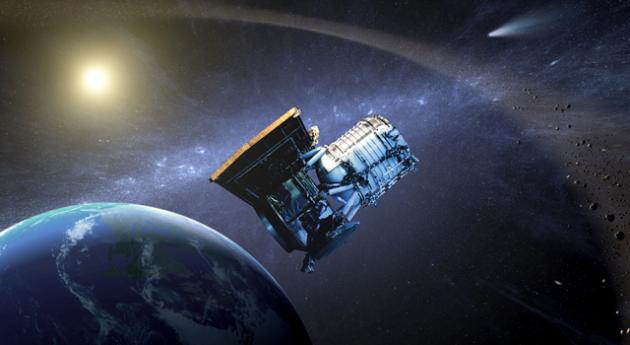NASA Is Using An Old Satellite To Look For Asteroids
2013.08.23

What do old and out of commission satellites do in space? Besides floating around, there's pretty not much they bring to the table. Except when NASA resurrects it.
They did just that with one to hunt for asteroids. The Wide-field Infrared Survey Explorer (WISE) satellite was one of the tools used in search for asteroids. It's already discovered 33,500 of them before being placed in hibernation in 2011.
Now that there's a new found interest in asteroid mining, NASA's Jet Propulsion Lab has decided to give it a crank another time for a round of asteroid hunting.
"The WISE mission achieved its mission's goals and as NEOWISE extended the science even further in its survey of asteroids. NASA is now extending that record of success, which will enhance our ability to find potentially hazardous asteroids, and support the new asteroid initiative," said John Grunsfeld, NASA's associate administrator for science in Washington in a press statement.
WISE's array of four-band IR sensors are 50,000 times more sensitive than the COBE survey completed in the 1990s. It snapped 7,500 images a day between 2010 and 2011 and since asteroids don't reflect light and just reflect it, smaller ones will appear the same size as a larger, darker asteroid when viewed through an optical telescope. IR on the other hand gets the size accurately.
WISE will be working hard again to scan the skies with its 16 inch telescope, and hopefully it doesn't spot any oncoming dangers heading our way. [JPL]
More Articles
Copyright © Fooyoh.com All rights reserved.